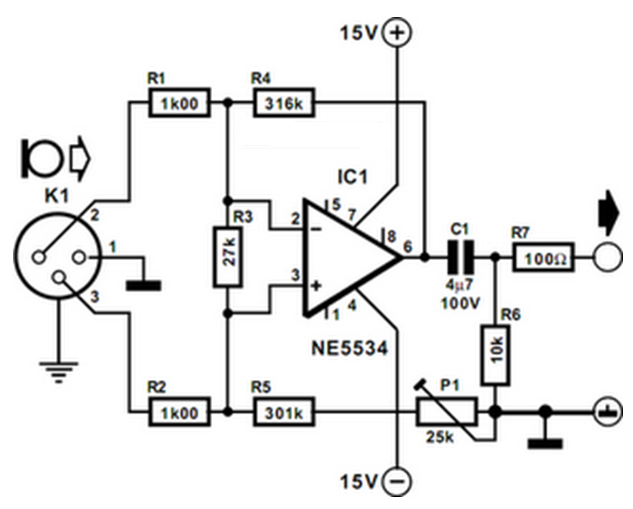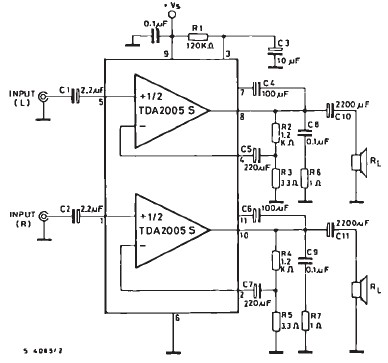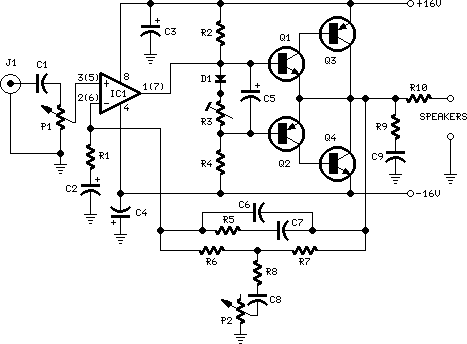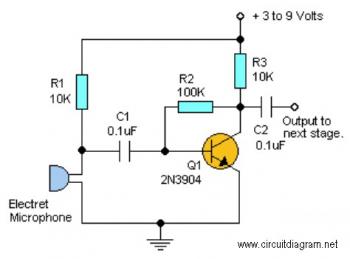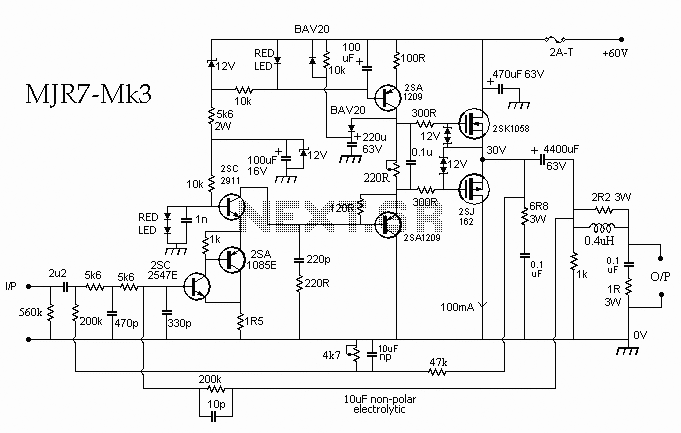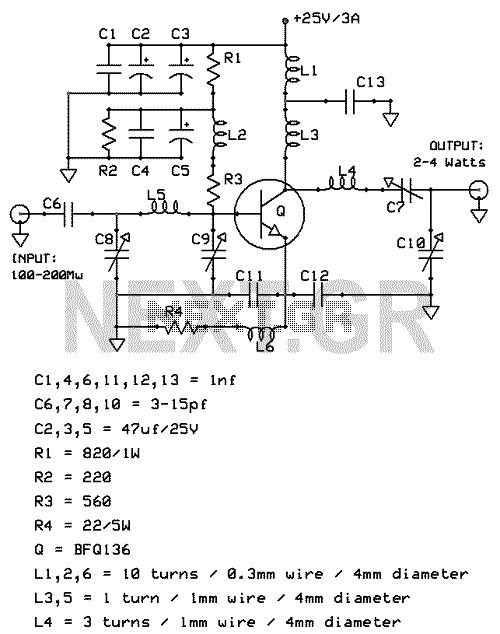
Linear amplifier
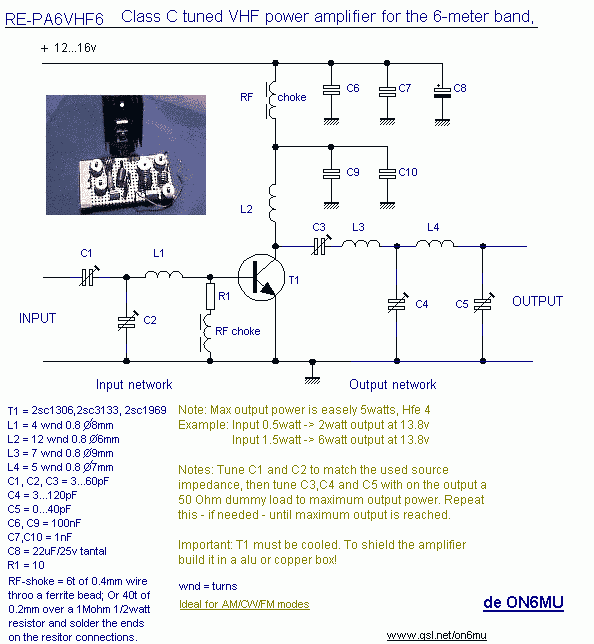
10W HF linear amplifier circuit schematics free electronic circuits diagram wiring design plans schema DIY projects handbook guide tutorial schematic electronic schematic diagram project electronic schematic circuit diagram.
The 10W HF linear amplifier circuit is designed to amplify high-frequency signals with a power output of 10 watts. This circuit is particularly useful for amateur radio applications, audio amplification, and various RF transmission tasks. The schematic typically includes a series of components such as transistors, resistors, capacitors, and inductors, which work together to achieve the desired amplification.
The core of the amplifier usually consists of one or more bipolar junction transistors (BJTs) or field-effect transistors (FETs) configured in a common-emitter or common-source arrangement. This configuration is chosen for its ability to provide significant voltage gain while maintaining a relatively simple design.
Input and output stages are critical in ensuring that the amplifier operates efficiently. The input stage often includes a matching network to optimize the impedance seen by the source, minimizing signal loss. Capacitors may be used for AC coupling, allowing only the desired frequency range to pass through while blocking DC components.
The output stage is designed to deliver the amplified signal to the load, which could be an antenna or other RF circuitry. It is essential to include appropriate filtering components, such as low-pass filters, to suppress unwanted harmonics and ensure that the output signal remains clean and within the desired frequency range.
Power supply considerations are also vital in the design of this amplifier. A stable DC power supply is required to ensure consistent performance. Additionally, bypass capacitors are often placed near the power supply pins of the active devices to filter out any high-frequency noise that could affect the amplifier's operation.
Thermal management is another crucial aspect of the design. Heat sinks may be required for the transistors to prevent overheating during operation, especially when driving higher power levels. Proper layout techniques should be employed to minimize parasitic inductances and capacitances, which can adversely affect performance at high frequencies.
This circuit can be constructed on a printed circuit board (PCB) or a breadboard for prototyping purposes. Following the schematic closely and ensuring that all components are placed correctly will lead to a successful build of the 10W HF linear amplifier.10W HF linear amplifier circuit schematics free electronic circuits diagram wiring design plans schema DIY projects handbook guide tutorial schematico electrG³nico schG©matique diagrama esquemG tico projeto elektronisch schematisch schaltplan schematy circuito shema … µ ° skematisk Schaltbild schematisk schaltung application manual 🔗 External reference
The 10W HF linear amplifier circuit is designed to amplify high-frequency signals with a power output of 10 watts. This circuit is particularly useful for amateur radio applications, audio amplification, and various RF transmission tasks. The schematic typically includes a series of components such as transistors, resistors, capacitors, and inductors, which work together to achieve the desired amplification.
The core of the amplifier usually consists of one or more bipolar junction transistors (BJTs) or field-effect transistors (FETs) configured in a common-emitter or common-source arrangement. This configuration is chosen for its ability to provide significant voltage gain while maintaining a relatively simple design.
Input and output stages are critical in ensuring that the amplifier operates efficiently. The input stage often includes a matching network to optimize the impedance seen by the source, minimizing signal loss. Capacitors may be used for AC coupling, allowing only the desired frequency range to pass through while blocking DC components.
The output stage is designed to deliver the amplified signal to the load, which could be an antenna or other RF circuitry. It is essential to include appropriate filtering components, such as low-pass filters, to suppress unwanted harmonics and ensure that the output signal remains clean and within the desired frequency range.
Power supply considerations are also vital in the design of this amplifier. A stable DC power supply is required to ensure consistent performance. Additionally, bypass capacitors are often placed near the power supply pins of the active devices to filter out any high-frequency noise that could affect the amplifier's operation.
Thermal management is another crucial aspect of the design. Heat sinks may be required for the transistors to prevent overheating during operation, especially when driving higher power levels. Proper layout techniques should be employed to minimize parasitic inductances and capacitances, which can adversely affect performance at high frequencies.
This circuit can be constructed on a printed circuit board (PCB) or a breadboard for prototyping purposes. Following the schematic closely and ensuring that all components are placed correctly will lead to a successful build of the 10W HF linear amplifier.10W HF linear amplifier circuit schematics free electronic circuits diagram wiring design plans schema DIY projects handbook guide tutorial schematico electrG³nico schG©matique diagrama esquemG tico projeto elektronisch schematisch schaltplan schematy circuito shema … µ ° skematisk Schaltbild schematisk schaltung application manual 🔗 External reference
